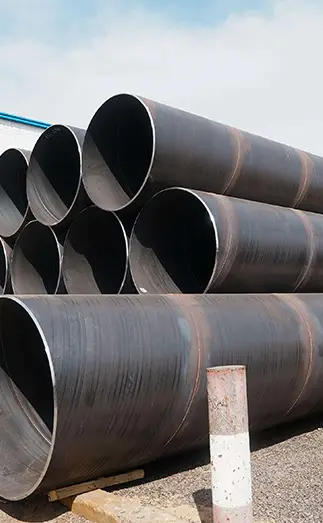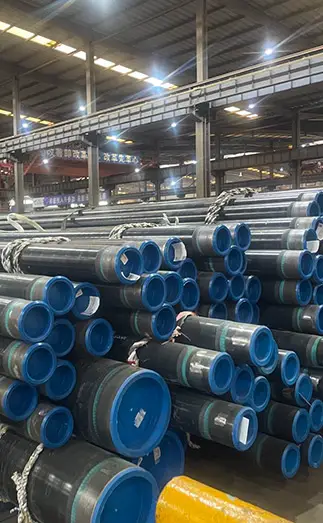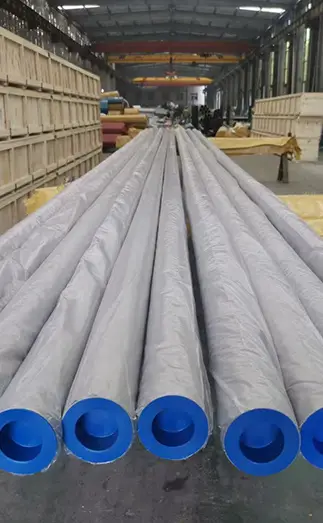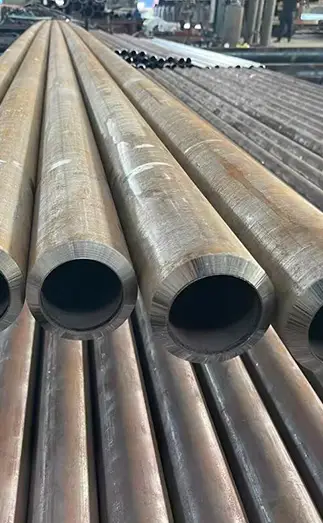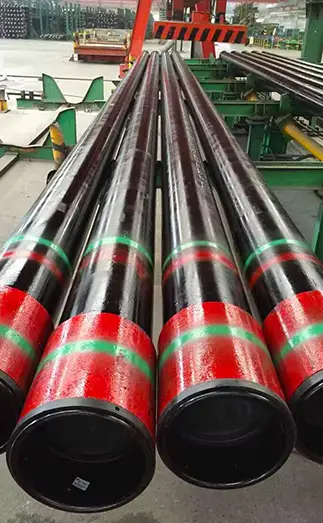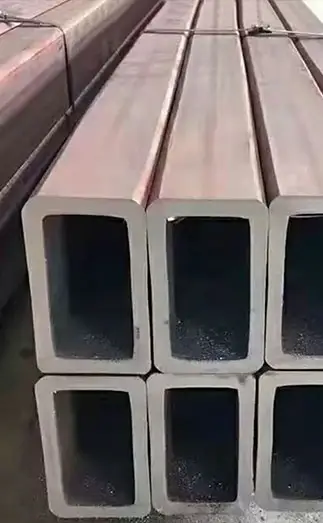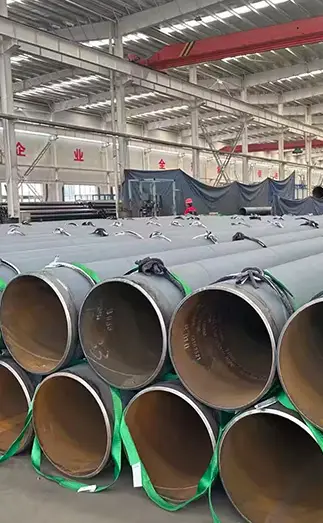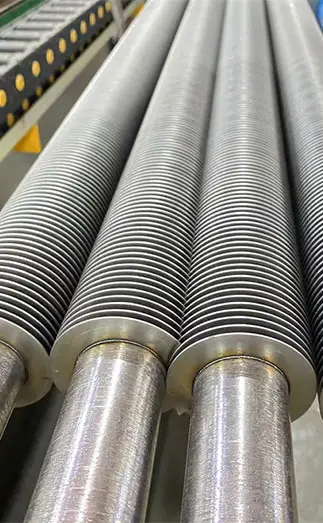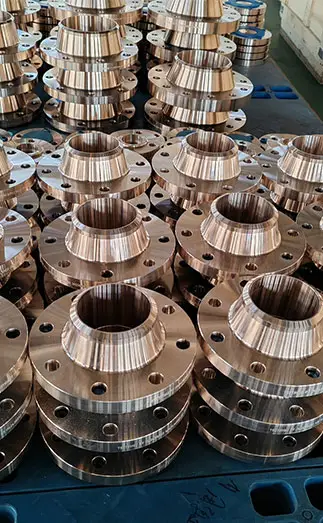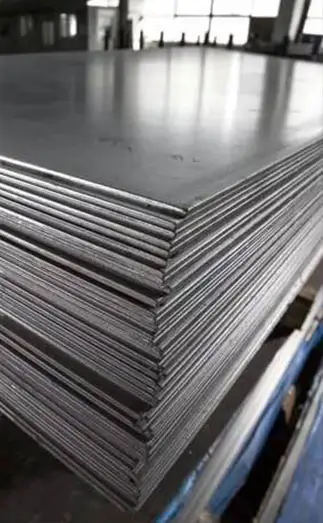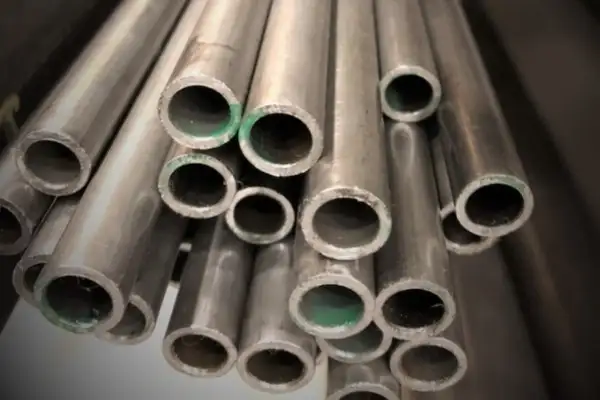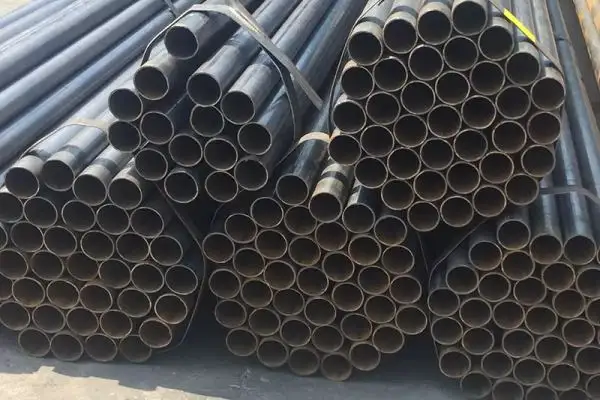Square tubes are widely used structural materials essential in construction, machinery manufacturing, and the automotive industry. Their wall thickness — typically measured in millimeters — directly determines strength, durability, and load-bearing capacity. Much like seamless tubes, wall thickness in square tubes is more than a geometric parameter; it’s a key indicator of performance and suitability for specific applications.
Square Tube Thickness Specifications
1. Classification by Thickness Range
Thin-Walled Square Tubes (0.8–3 mm):
Usually produced by cold rolling for higher dimensional accuracy. Ideal for decorative structures and light-duty supports such as billboard frames or furniture. They feature light weight, low cost, and excellent weldability.
Medium-Walled Square Tubes (4–10 mm):
Manufactured via hot-rolled or cold-drawn processes, providing a balance of strength and toughness. Commonly used in industrial machinery, workshop guardrails, and secondary building structures like purlins and beams.
Thick-Walled Square Tubes (≥12 mm):
Predominantly hot-rolled, these tubes offer exceptional pressure and impact resistance. Suitable for heavy-duty applications, including bridge components, large equipment bases, and high-pressure support frames.
2. Common Standard Thicknesses
Small: 1.0 mm, 1.2 mm, 1.5 mm, 2.0 mm, 2.5 mm, 3.0 mm
Medium: 4.0 mm, 5.0 mm, 6.0 mm, 8.0 mm, 10.0 mm
Large: 12 mm, 14 mm, 16 mm, 20 mm, 25 mm (custom sizes available)
3. Material-Specific Thickness Examples
Stainless Steel Square Tubes:
Typically 1.5–8 mm thick due to corrosion resistance requirements. Food-grade equipment commonly uses 2–5 mm.
Aluminum Alloy Square Tubes:
Emphasizing lightweight design, usually 1.0–6 mm thick, widely used in doors, windows, and aerospace components.
Relationship Between Thickness and Load Bearing
The load-bearing requirement is the key factor in determining square tube thickness. A thicker wall provides greater resistance to deformation, fracture, and instability under heavy loads.
For instance, using Q235 steel:
When spanning 5 meters and supporting a 5-ton concentrated load, calculations and engineering practice suggest a wall thickness of over 5 mm to ensure structural safety and stability.
Conversely, for light-duty structures such as display racks, 1–3 mm thickness is sufficient.
Standards and Thickness Tolerances
National standards specify allowable thickness deviations to ensure product reliability:
Positive deviation: The actual thickness exceeds the nominal value — acceptable within the upper limit and may enhance stability in non-critical applications.
Negative deviation: The actual thickness is less than the nominal value — exceeding tolerance can reduce load capacity and pose safety risks.
For example, under GB/T 3091–2015, the allowable wall thickness deviation for Q235 square tubes is ±12.5%. Manufacturers must strictly control deviations, and purchasers should verify conformity through inspection.
How to Choose the Right Square Tube Thickness
Selecting the appropriate wall thickness requires a comprehensive evaluation of load, environment, cost, and safety:
Consider the Use Environment:
In humid or corrosive environments, use corrosion-resistant materials (such as stainless or galvanized steel) with adequate thickness for long-term stability.
Evaluate Load Requirements:
Determine thickness based on actual mechanical loads. For heavy-duty equipment supports or structural members, prioritize safety by choosing thicker walls.
Balance Cost and Performance:
Optimize material selection to meet performance needs within budget constraints — thinner tubes can be used safely for non-structural or decorative purposes.
Refer to Standards and Communicate with Suppliers:
Always verify compliance with national or industry standards and consult suppliers or technical documentation to ensure the chosen specification meets project requirements.
Conclusion
Square tube wall thickness is a decisive factor influencing strength, durability, and safety. From light decorative applications to heavy industrial frameworks, selecting the right thickness ensures that structures perform reliably under expected loads and environmental conditions.
By adhering to standards, optimizing material selection, and applying sound engineering judgment, you can achieve a safe, economical, and durable square tube solution for any application.



 English
English Español
Español Français
Français بالعربية
بالعربية